6G research must not only explore specific channel characteristics but also validate the performance of frequencies, waveforms, and other new features from the physical layer to higher-layer protocols. Researchers must address challenges at both the channel and network levels.
Channel-level challenges
At the channel level, high-frequency signal transmission is fraught with challenges, including path loss, as the terahertz (THz) and sub-terahertz bands have high attenuation, causing signal strength to drop sharply over long distances. These bands also have the problem of crosstalk loss, where high-frequency signals fade when they encounter obstacles such as trees or buildings, creating coverage problems.
Another problem is atmospheric absorption. THz signals are particularly susceptible to absorption by gases in the atmosphere, which reduces signal strength and reliability.
There are also challenges with transmission power budgets. The wide bandwidth of 6G signals could result in a low signal-to-noise ratio, as the power is spread over a wider band.
Problems with multipath propagation include interference and fading. Signals reflected from surfaces arrive at the receiver at different times, resulting in interference and signal distortion. This problem is even more severe in urban environments. When fading occurs, the rapid variation in signal amplitude due to multipath effects alters the signal quality and reduces the reliability of the transmission.
In beam generation and management, precise beamforming techniques are required to direct high-frequency narrow beams to the receiver, and beam steering can be difficult in dynamic environments. Another challenge is beam tracking, as the receiver position needs to be constantly monitored to adjust the beam steering in real time, making the system more complex.
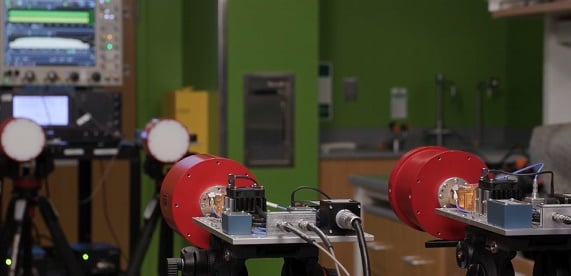
Network-level challenges
Network-level challenges include issues related to network density and interference, latency and reliability, and integration with heterogeneous networks.
At the network level, performance depends on mitigating issues arising from network density and inter-cell interference as well as spectrum management. High-density networks with many small cells can increase inter-cell interference, reducing overall network performance. Efficient spectrum management is essential to reduce interference and increase the utilization of available frequencies.

Latency and reliability are also key parameters to achieve ultra-low latency goals (e.g., 1 microsecond latency), and highly efficient signal processing and transmission techniques are required. In addition, reliable 6G connectivity needs to be ensured in different environments, such as urban, rural, and remote areas.
Integrating 6G networks with existing 5G networks and other wireless technologies requires seamless handover between network types and addressing interoperability issues. Ensuring interoperability of different network components and technologies, such as satellite, terrestrial, and airborne networks, is essential to achieving comprehensive coverage and performance goals.
From theory to simulation and emulation of 6G
Researchers are modeling different 6G usage scenarios, including channel propagation, waveforms, and networks using simulation design software tools.
The next step in the 6G development process is to turn these simulation results into real-time signal simulation. Simulation is a key factor in measuring the performance of 6G systems in real-time channels and networks, from physical protocols to higher layers.
Simulating 6G signals in a controlled environment allows researchers to accurately evaluate the performance of 6G systems. This includes assessing the challenges mentioned above under reproducible conditions and fine-tuning programs for different scenarios. Researchers can also study system vulnerabilities through simulation and address security issues early.
6G: From innovative research to reality
For example, to contribute to the development of 6G technology, Keysight collaborated with 6G researchers at Northeastern University to explore 130 GHz wideband MIMO systems and conduct real-time near-THz research at the network layer.
The market expects 6G to be commercially available by 2030 – meaning we have at most five years to realize products and applications that comply with the standards that are still being finalized. Researchers, device and component designers, test and measurement experts, network and cybersecurity engineers, and regulators are collaborating across the 6G ecosystem to make 6G a reality.
Source: https://doanhnghiepvn.vn/cong-nghe/nhung-thach-thuc-trong-xac-nhan-hop-chuan-cho-cac-sang-tao-6g/20250619052935383



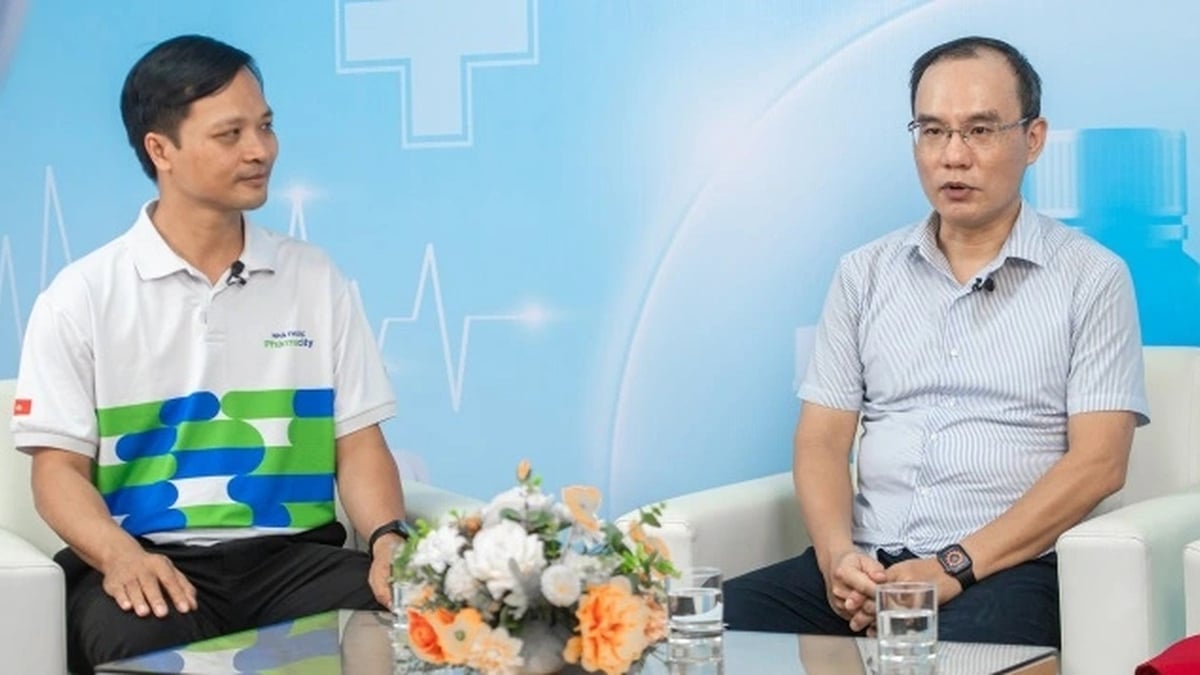






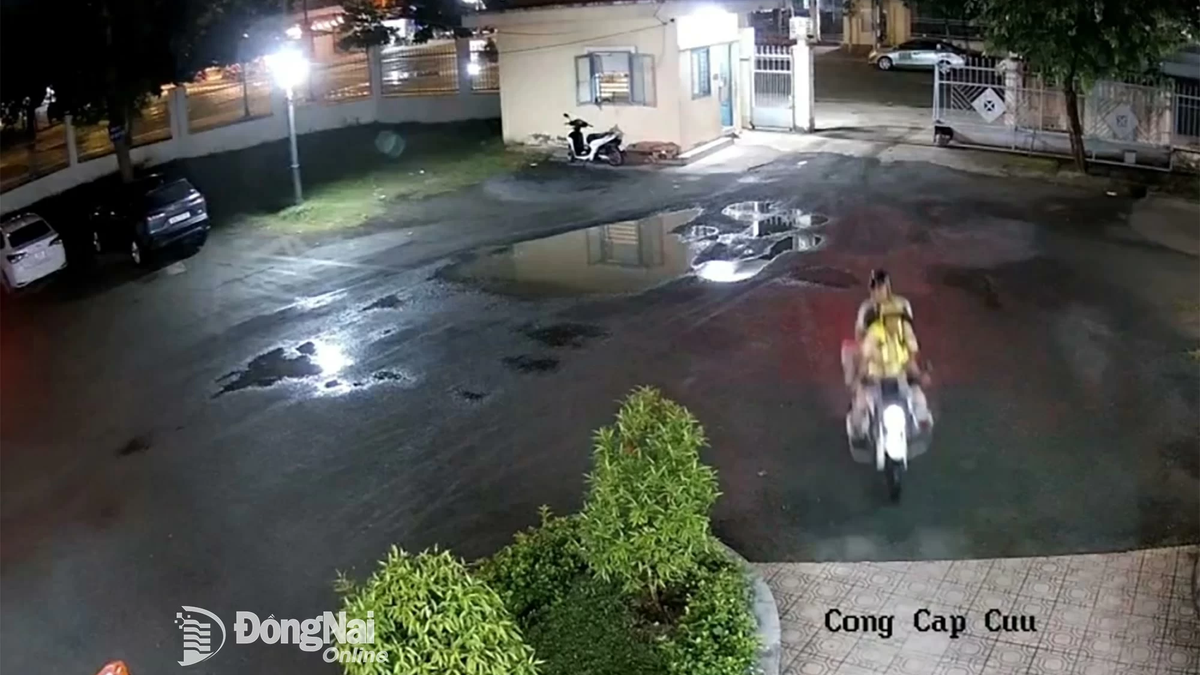











![[Photo] Nghe An: Provincial Road 543D seriously eroded due to floods](https://vphoto.vietnam.vn/thumb/1200x675/vietnam/resource/IMAGE/2025/8/5/5759d3837c26428799f6d929fa274493)

















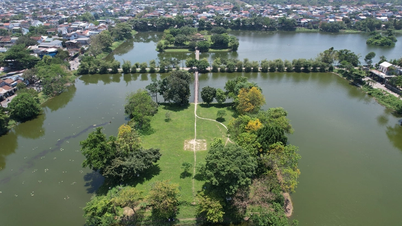










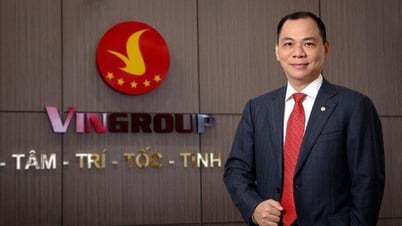





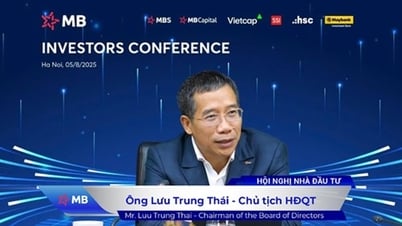
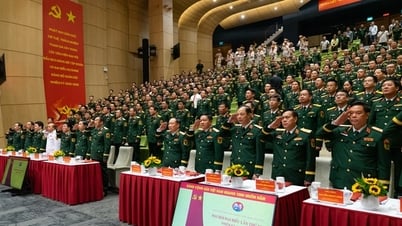
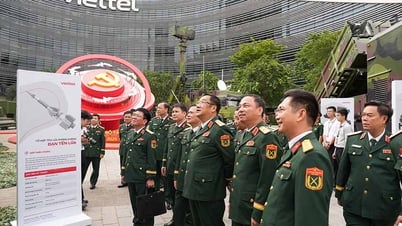







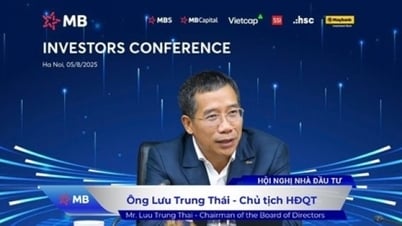



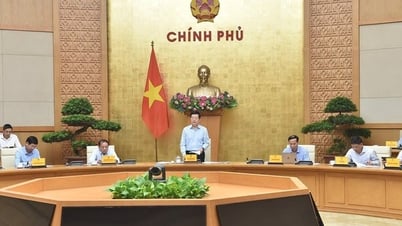


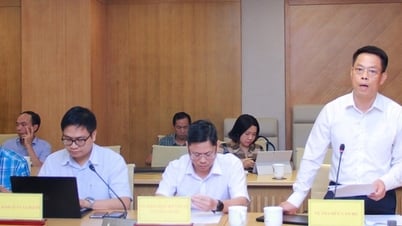

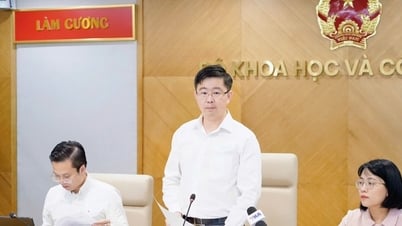
























Comment (0)